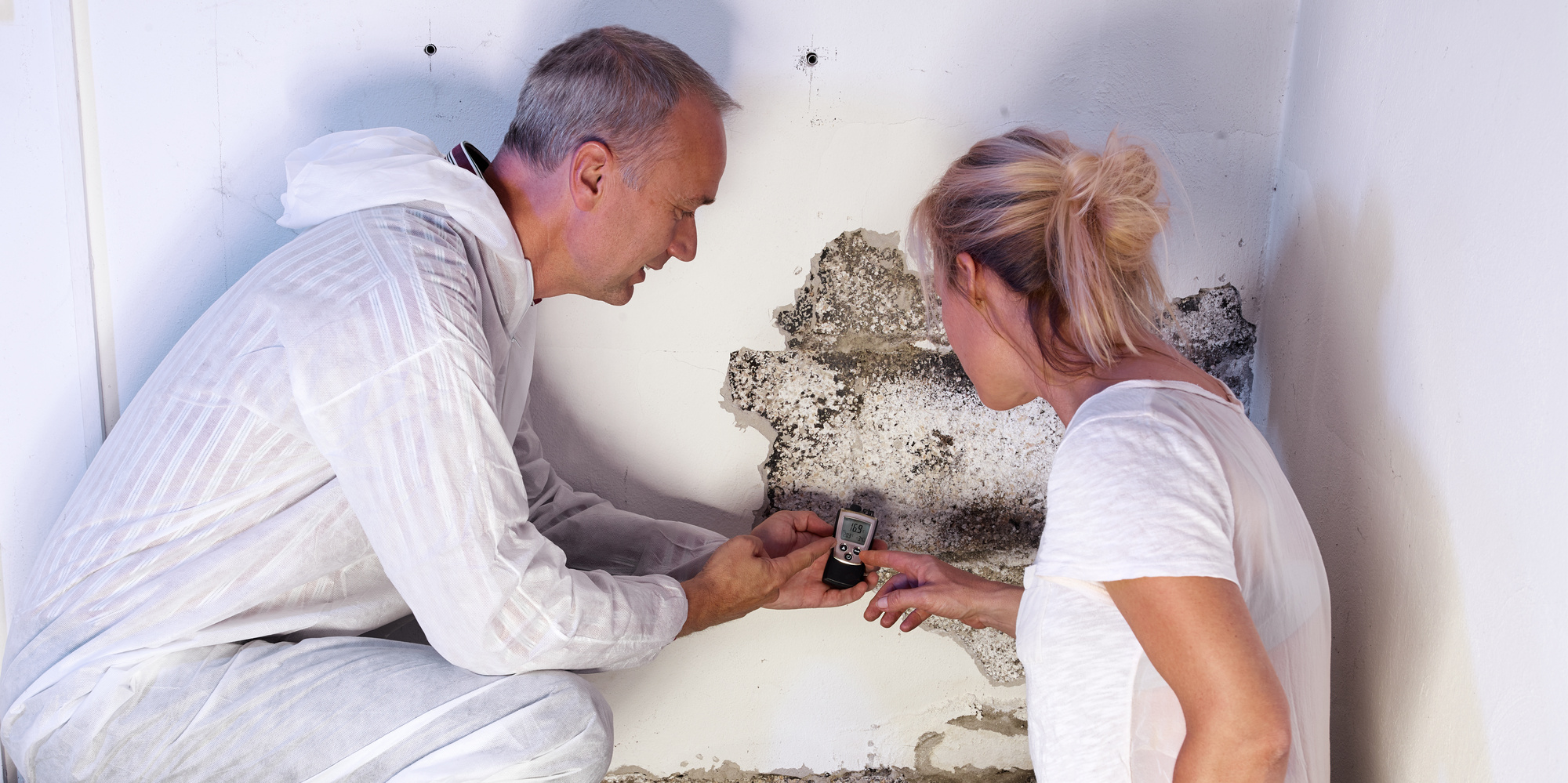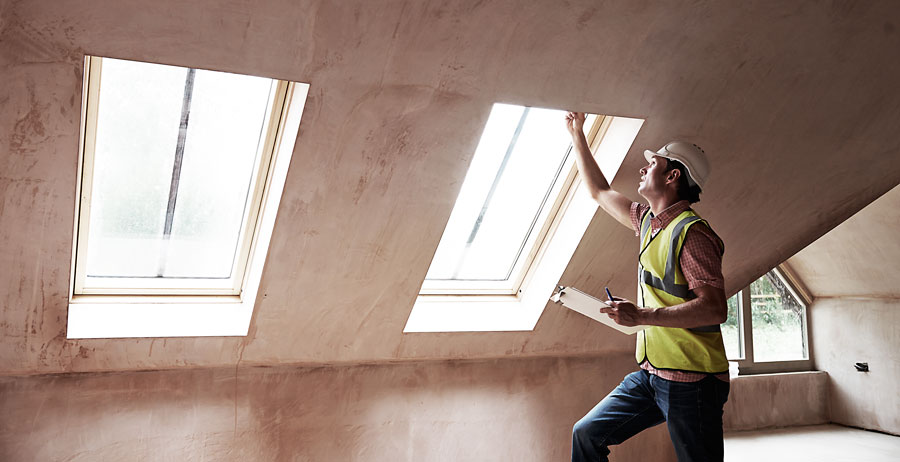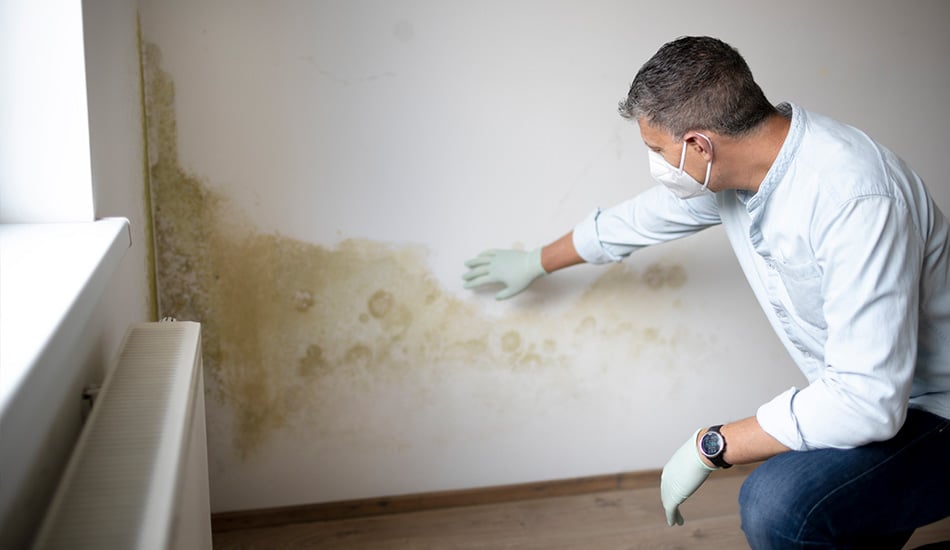Testing Air Quality After Mold Remediation
Testing Air Quality After Mold Remediation
Blog Article
Your Ultimate Overview to Blog Post Mold And Mildew Removal Strategies
Browsing the world of post-mold remediation methods is a precise process that requires interest to detail and an extensive understanding of the intricacies involved. In the aftermath of mold and mildew invasion, knowing how to effectively get rid of the mold and mildew and stop its reoccurrence is vital for keeping a healthy indoor setting. From selecting the appropriate cleansing and sanitizing techniques to applying methods for lasting mold avoidance, each action in the remediation trip plays a crucial function in guaranteeing an effective end result. As we start this exploration of post-mold removal methods, we will discover the essential approaches and ideal practices that can aid you recover your area to its pre-mold condition and protect it versus future mold risks.
Recognizing Post-Mold Removal Process
After completing the mold and mildew removal process, it is crucial to understand the post-mold removal methods that are required to ensure a efficient and thorough clean-up. Once the mold and mildew has been removed, the next step involves cleansing and disinfecting the affected locations to avoid any kind of regrowth of mold.
In addition, carrying out a final examination post-remediation is important to make certain that all mold has actually been efficiently eliminated. This examination ought to include a complete visual check in addition to perhaps air sampling to verify the lack of mold spores in the air. If the examination reveals any type of sticking around mold and mildew, additional remediation may be essential. Last but not least, educating passengers on safety nets such as controlling wetness degrees and immediately resolving any water leaks can help maintain a mold-free atmosphere.
Efficient Cleaning and Disinfecting Approaches

Preventing Future Mold And Mildew Development

Importance of Appropriate Air Flow
Proper ventilation plays a crucial function in preventing dampness build-up, a key factor in mold and mildew growth within indoor environments. Reliable air flow systems help eliminate excess humidity from the air, minimizing the possibilities of mold and mildew spores locating the dampness they require to spread out and germinate. Without ample air flow, indoor rooms can come to be a reproduction ground for mold, causing possible health and wellness dangers and structural damages.
By making certain correct air blood circulation, ventilation systems can likewise help in drying out moist areas quicker after water damages or flooding cases, additionally deterring mold and mildew growth. Post Mold Remediation Report. In areas like bathrooms, kitchen areas, attics, and cellars where dampness levels have a tendency to be higher, setting up and keeping reliable air flow systems is essential in stopping mold infestations

Surveillance and Upkeep Tips
Offered the important duty that correct air flow plays in protecting against mold and mildew growth, it is necessary to develop effective tracking and maintenance suggestions to ensure the continued performance of ventilation systems. Routine assessments of ventilation systems ought to be carried out to look for any kind of signs of blockages, leakages, or breakdowns that could impede correct air movement. Surveillance moisture levels within the building is also essential, as high moisture can add to mold growth. Installing a hygrometer can aid track humidity levels and alert home owners to any spikes that might need focus. In addition, making sure that air filters are consistently cleansed or changed is crucial for maintaining the effectiveness of the air flow system. Executing a routine for regular upkeep tasks, such as duct cleansing and heating and cooling system inspections, can aid prevent issues before they intensify. By remaining aggressive and attentive to the condition of air flow systems, residential property proprietors can efficiently mitigate the threat of mold regrowth and maintain a healthy and balanced indoor setting.
Conclusion
In verdict, post-mold removal strategies are vital for guaranteeing a clean and secure setting. Recognizing the procedure, applying reliable cleaning and sanitizing techniques, stopping future mold growth, keeping appropriate ventilation, and routine surveillance are all crucial actions in the remediation procedure. By following these standards, natural mold mildew removal you can efficiently get rid of mold and mildew and stop its return, functioning or promoting a healthy and balanced living area for all passengers.
In the consequences of mold infestation, knowing how to effectively remove the mold and avoid its reoccurrence is paramount for preserving a healthy indoor atmosphere. Once the mold and mildew has actually been gotten rid of, the following step includes cleaning and disinfecting the affected locations to stop any kind of regrowth of mold and mildew - Post Mold remediation cleaning. After getting rid of noticeable mold and mildew development, it is crucial to clean up all surfaces in the damaged location to eliminate any type of staying mold spores. To additionally boost mold and mildew avoidance steps, it is important to address underlying issues that initially led to mold advancement.Offered the crucial role that correct ventilation plays in avoiding mold and mildew development, it is vital to develop reliable monitoring and maintenance tips to make sure the ongoing capability of ventilation systems
Report this page